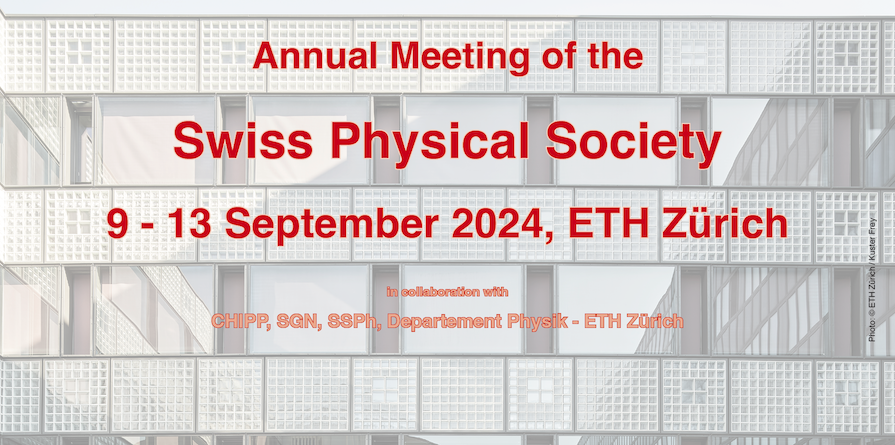Speaker
Description
I present two ways in which anisotropies in the distribution of GW sources may be used for cosmology.
I first demonstrate how next-generation ground-based GW detectors can measure our velocity through the observation of a dipole, providing an independent test of the cosmic kinematic dipole tension and thus of the Universe isotropy. This method combines the observer's velocity effects on event distribution, luminosity distance, and redshifted chirp mass in GW waveforms. Second, I explore the anisotropy introduced by galaxy clustering in the context of an astrophysical GW stochastic background in the PTA band. I show how this anisotropy impacts the pulsar timing signal, leading to additional contributions to the variance of the Hellings-Downs correlation.
